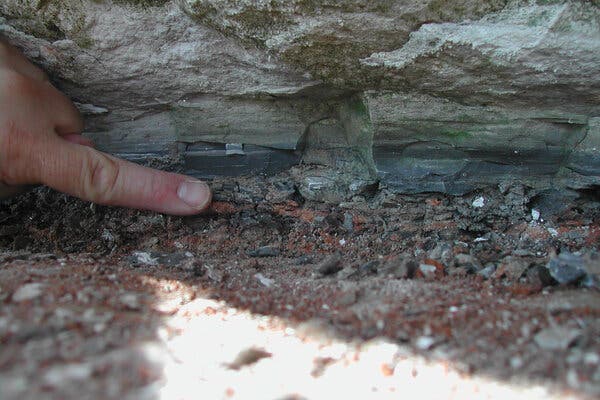Scientists have discovered new evidence that the rock that slammed into Earth 66 million years ago, abruptly ending the age of dinosaurs, was a bit of an oddball.
The nature of this apocalyptic object, known as the Chicxulub impactor, has inspired intense debates, including a long-running dispute over whether it was a comet or an asteroid. But evidence has been mounting in recent years that the roughly six-mile-wide impactor belonged to a family of asteroids that formed beyond the orbit of Jupiter, and that rarely impact Earth.
Now, a team led by Mario Fischer-Gödde, a research scientist at the University of Cologne in Germany, has bolstered that case with the help of the rare element ruthenium. Ruthenium is abundant in asteroids but extremely scarce in Earth’s crust, making it a handy bellwether of past impacts by space rocks. The team searched for isotopes of ruthenium in the geological remnants of the Chicxulub impact.
The results revealed a uniform signature across the global layer of debris left by the impact, which is known as the Cretaceous-Paleogene (K-Pg) boundary. And that signature neatly matches the makeup of a group of space rocks known as carbonaceous asteroids because of their high-carbon content, according to a study published on Thursday in Science.
“It’s the nail in the coffin,” Dr. Fischer-Gödde said. “This ruthenium isotope signature that we measure cannot be anything else other than a carbonaceous asteroid.”
